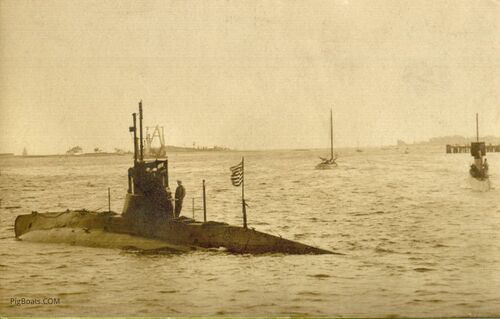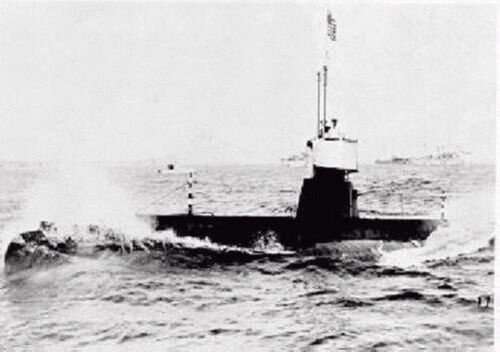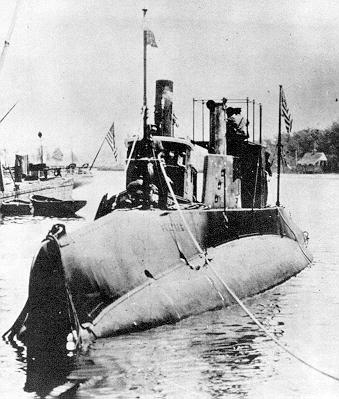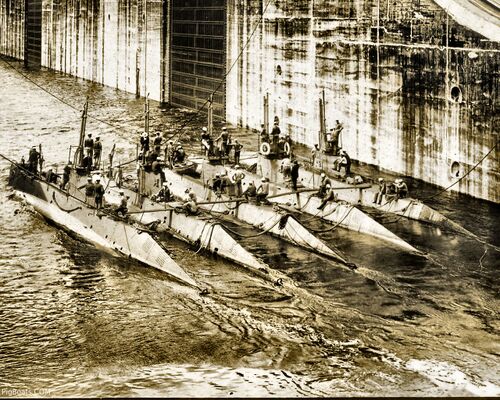C-class

Design, Construction, and Naming Notes
Octopus/C-1 (Submarine No. 9)

Stingray/C-2 (Submarine No. 13)

Tarpon/C-3 (Submarine No. 14)
Bonita/C-4 (Submarine No. 15)

The C-class submarines had a reported top speed of 11 knots on the surface and nine knots submerged. They were powered by twin gasoline engines on the surface.
C-4 had a modification to her bow that made her unique among the C-class. She had a secondary anchor installed in a special housing behind the rectangular door seen here near the tip of the bow. This necessitated the raising of the bow. The remainder of the boats retained the mushroom anchor that was deployed from the bottom of the boat and operated from the torpedo room.Snapper/C-5 (Submarine No. 16)

General C-class photos

The Submarines are left to right the C-4, C-5, C-2, C-3 and C-1. The Sub Div designators are on their conning towers as a "1" over another number, (this indicating their physical position in a division at-sea steaming formation). The C-1 is 1 over 3; the C-3 is 1 over 5; the C-2 is 1 over 1 (flagship); C-5 is 1 over 4, and the C-4 is 1 over 2.
Seen on the conning tower of the C-5 (second from left) in the white broad brimmed hat is probably the civilian pilot, whose responsibility it was to guide the submarines through the canal. The is still done to this day.
See more General C-class photos.
Page created by:
Ric Hedman & David Johnston
1999 - 2023 - PigBoats.COM©
Mountlake Terrace, WA, Norfolk, VA
webmaster at pigboats dot com